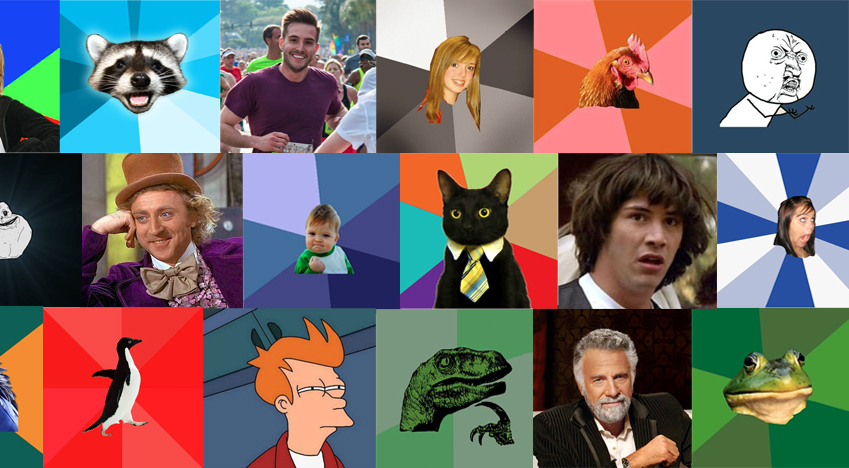Getting User Research and Design In Sync
Designers, project managers, UX folk, and more gathered at the new King Road branch of the Toledo Lucas County Public Library for a one-day virtual conference this October. “User Research for Everyone,” hosted by Rosenfeld Media and locally sponsored by Hanson and other organizations, included seven presentations and discussions from eight user research experts. These talks progressed from what to research to how to engage others with research results when involved in a project.
A few Hansonites attended, soaked up some knowledge, and took it home to our Treehouse. Now we are thinking about how to incorporate those nuggets of wisdom into our practices. One piece of advice from Julie Stanford, Founding Principal of user experience design agency Sliced Bread Design, was to create a thoughtful, virtuous cycle among user researchers and designers. Let’s explore this.
From Vicious Cycle to Virtuous Cycle
With a photo of a campfire on-screen, Julie told a horror story of a breakdown of communication between a user researcher and designer. The researcher tested the wrong parts of the design. The designer didn’t trust the testing or results. The outcome was a failed solution never implemented.
Then Julie described how to turn a vicious cycle into a virtuous one. Unless there is a researcher/designer in-house, the virtuous loop formula should help establish a method for researchers and designers to communicate efficiently and create an effective solution. The key to every step is that the researcher and designer are present and communicating.
- Question. Before and after prototyping a solution, ask questions. Is the navigation intuitive? Does the layout make sense? Prioritize the questions and prepare to research the top one or two.
- Mind-meld. Put researcher and designer heads together. Walk through the prototype and identify what to test.
- Attend. Not only both the researcher and designer should witness testing, but stakeholders that will make the final calls.
- Evaluate findings. Decide the significance of each finding. Then step back and look at the whole solution to see if findings add up to a bigger problem.
- Brainstorm. Quickly create lots and lots of potential solutions to problems found, most significant problems to least and major solutions to minor ones.
- Evaluate solutions. Narrow down options by asking what consequences will come of each solution.
Collaboration in the Treehouse
I’m happy to say that at Hanson, we’re already heading in the direction Julie prescribes. For one of our latest projects, an Architect and Designer tag-teamed visuals, testing, and evaluation. During initial strategy, they came together to give feedback on first ideas and comps. Both understood that certain areas of the project needed more of a visual touch for the presentation (i.e., comps instead of wireframes). So they divvied up the work and planned time to bounce ideas off one another. With initial designs, the Architect and Designer weighed in on what to address during a first round of user testing and evaluated the results to determine how to modify their existing solution. This experience can be seen as the virtuous cycle coming to life!
There are still plenty of pieces of Julie’s advice we can look at incorporating into our process, and we’re excited to continue down this path of connecting user research and design.
To hear Julie Stanford’s full presentation (Creating a Virtuous Cycle: The Research and Design Feedback Loop) and others from the conference, visit userresearchforeveryone.com to buy the recordings.





